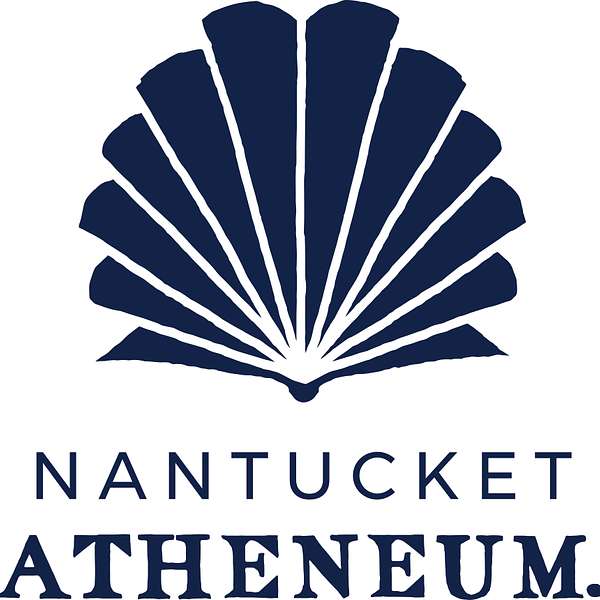
Nantucket Atheneum Podcast
The Nantucket Atheneum Podcast covers stories and topics about our local library, Nantucket history and libraries in general.
Nantucket Atheneum Podcast
Japan-Nantucket (Rashomon): Episode 4 - Captain Peter Hussey, From whale ships to steamships
•
Nantucket Atheneum
•
Season 6
•
Episode 4
Now it is time to meet some of these sea captains that were born in Nantucket, but became part of the Japanese expat community. This episode discusses Captain Peter Hussey.
This is a production of the Nantucket Atheneum. It is hosted and edited by Janet Forest. It was researched, fact checked and co-hosted by Reference Library Associate Jim Borzilleri. Special thanks to the Berkshire Athenaeum for use of their space and Shire Video for production support.
SHOW NOTES:
If something piqued your interest and it isn’t in the Show Notes, please email info@nantucketatheneum.org. and include “Podcast Question” in the subject header.
The three captains we profile were atypical in their longevity and financial stability.
- Nantucket-born Robert Coleman, who was just a few years younger than Arthur Fisher, had risen to First Officer of the Mitsu-Bishi Steamship Co. However, in 1886 , he died, age 29, during a smallpox outbreak at Nagasaki.
- Our subjects were also impacted by the lack of shared information and slow transmission of information that did exist.
- Credit rating agencies and uniform accounting procedures did not yet exist, so even within a firm, serious issues could go undetected.
- Merchants had to rely on an individual’s reputation within their business community or a referral from a trusted party. Better candidates undoubtedly existed, but they were unknown or could not be verified.
- Until the deployment of the telegraph, a round-trip business communication between China and America could take up to a year.
- Even with the construction of the railway across Panama communication between California and the East Coast cities took several weeks, contributing to the glut of goods arriving at San Francisco and the collapse of its markets.
- On Nantucket whaleships, a cooper made and assembled the casks, whose liquid contents were measured in barrels (1 barrel = 31 ½ U.S. gallons).
- George Bruce Upton, (1804-1874), exemplified how Nantucket’s wealth helped fuel America’s westward expansion.
- A successful Nantucket merchant, he held several political offices, and was a member of a firefighting company, skilled using explosives to demolish buildings as a firestop. He supervised the practice demolition of a vacant windmill, and during the Great Fire of 1838 the destruction of four buildings.
- After moving to Boston Upton channeled his Nantucket wealth into clipper ships. He also invested in railroads as part of John M. Forbes’ “Boston Group”, becoming Treasurer of their Michigan Central Railroad.
- Portraits of George Upton and Anne Upton, now in the NHA, reflect their status. Their son George Jr. would become a regular summer visitor into the 20th century.
- The Bark Ly-ee-moon was commissioned for the Asia trade and built in Fairhaven Massachusetts by Moses Delano (distant relative of Warren). It was sold by its American owners to a Hong Kong firm before its launch in 1862.
© The Nantucket Atheneum